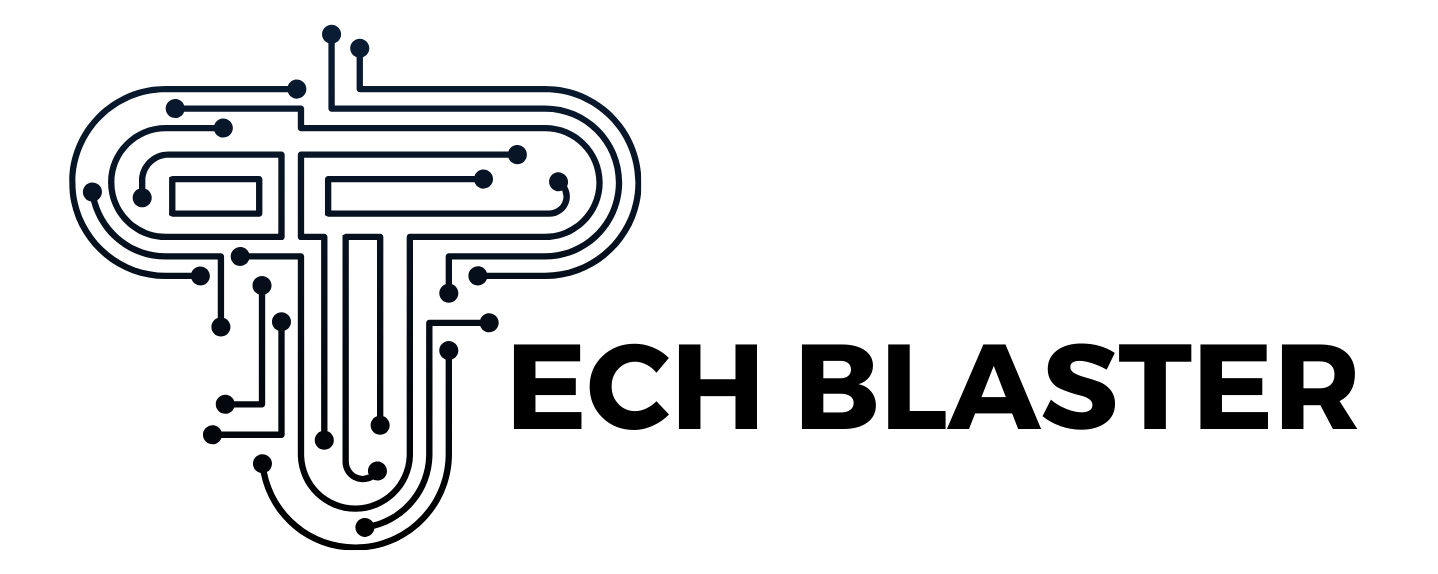Is Remote Proctoring the Future or a New Set of Challenges?
As education continues to embrace digital transformation, the conversation around remote proctoring is gaining momentum. Spurred by the need for distance learning during the pandemic, this technology has become a go-to solution for conducting secure and scalable exams outside traditional classrooms. But as we shift from reactive adoption to strategic integration, institutions are now asking: Is remote proctoring truly the future, or are we simply trading one set of challenges for another?
Understanding Remote Proctoring
Remote proctoring involves monitoring students during assessments using technology, allowing them to sit exams from any location while maintaining academic integrity. Typically, this is done through AI-based monitoring, live invigilation, or a hybrid model. These systems use webcams, screen sharing, and biometric authentication to verify student identity and behaviour throughout the assessment.
While the technology has evolved rapidly, its implementation continues to evoke mixed reactions, largely depending on how it is deployed, the institution’s needs, and learners’ expectations.
The Rise of Remote Proctoring: Benefits Driving Adoption
Several advantages are pushing remote proctoring into mainstream educational practice:
1. Flexibility and Accessibility
Perhaps the most significant advantage is accessibility. Students can take assessments from anywhere, which is especially beneficial for international learners or those in remote areas. This level of flexibility supports a more inclusive approach to education.
2. Scalability for Institutions
Remote proctoring enables institutions to scale up their assessment capacity without the logistical strain of physical exam centres. Whether for thousands of students across multiple regions or a single cohort, institutions can administer tests efficiently with fewer resources.
3. Enhanced Security Measures
With the integration of AI-driven anomaly detection, keystroke analysis, and real-time flagging, many remote proctoring solutions offer high levels of exam security. This helps deter academic dishonesty, improving the credibility of results.
4. Data-Driven Insights
Remote proctoring platforms often provide analytics on candidate behaviour and performance. These insights can guide improvements in test design, candidate support, and overall assessment strategy.
Addressing the Challenges
Despite its benefits, remote proctoring is not without criticism. As more institutions consider its long-term use, certain challenges must be addressed to ensure it enhances rather than hinders the testing experience.
1. Privacy Concerns
A prominent issue is student privacy. Many learners are uncomfortable with constant surveillance, especially in personal spaces. There’s also anxiety over how biometric data is stored and used, leading to concerns about data protection and compliance.
2. Technical Barriers
Remote proctoring assumes candidates have access to reliable internet connections and compatible devices. However, digital inequity remains a significant barrier for some students, potentially putting them at a disadvantage.
3. Exam Anxiety and Fairness
Some students report increased anxiety under surveillance, which can impact performance. Additionally, there are questions about the fairness of AI monitoring, which may incorrectly flag harmless behaviour as suspicious, especially for neurodivergent candidates.
4. Implementation Complexity
For institutions, integrating remote proctoring into existing learning ecosystems can be complex. Staff training, IT support, and ongoing system maintenance are critical factors that influence success but can strain resources if not properly managed.
Best Practices for Navigating the Future
As with any educational tool, the effectiveness of remote proctoring depends on thoughtful implementation. Here are some best practices to ensure a balanced, ethical approach:
● Choose a reputable provider with transparent data practices and proven security protocols.
● Pilot the technology with small groups before institution-wide rollouts.
● Offer alternatives for students who cannot meet technical or privacy requirements.
● Communicate clearly with students about what data is collected, why, and how it’s protected.
● Provide support channels for technical issues during exams.
One example of a solution balancing security and user experience is the Janison Remote platform, which combines robust monitoring with a learner-centric approach, enabling institutions to maintain assessment integrity without compromising candidate wellbeing.
Tech Blaster
Looking Ahead
Remote proctoring is undoubtedly transforming the assessment landscape. For many educational institutions, it offers a path to more flexible, efficient, and secure testing. Yet, it’s not a silver bullet. Success lies in recognising that remote proctoring is a tool, not a replacement, for thoughtful assessment design and student engagement.
To truly harness its potential, institutions must continue to evolve their strategies, addressing concerns while leveraging the benefits. The future of assessment may well include remote proctoring, but it will only thrive when implemented with empathy, equity, and ethical oversight at its core.







